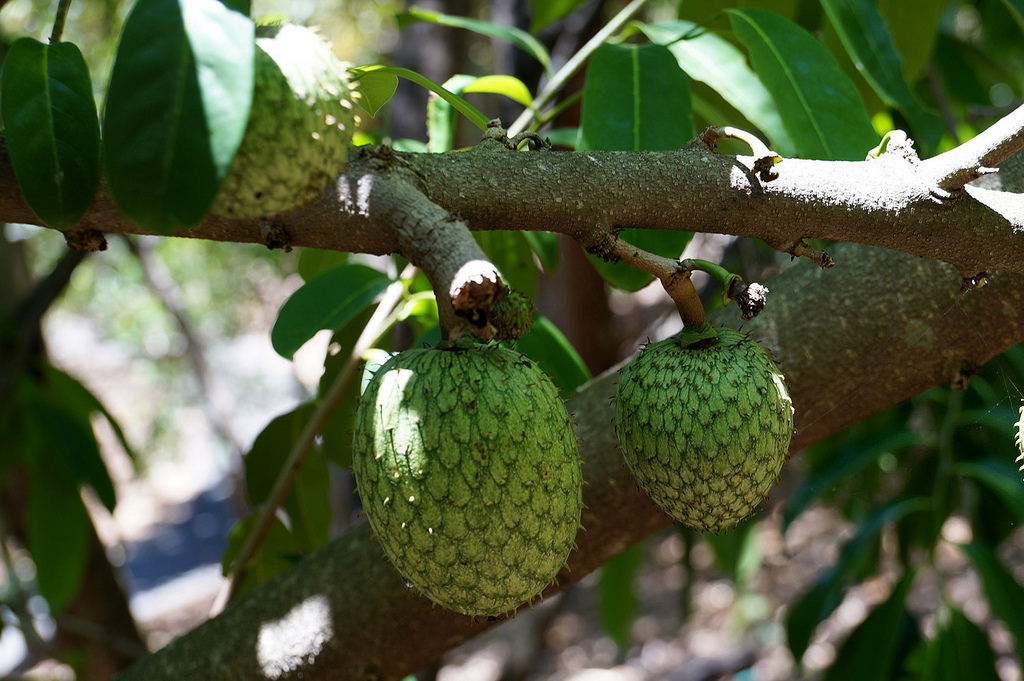Soursop is the fruit of Annona muricata, a broad-leaf, flowering, evergreen tree. The fruit is native to the tropical regions of the Americas and is widely propagated. Take a look below for 23 more interesting and fascinating facts about soursop.
1. Soursop is in the same genus, Annona, as cherimoya and is in the Annonaceae family.
2. The soursop is adapted to areas of high humidity and relatively warm winters. Low temperatures will cause damage to leaves and small branches.
3. The fruit becomes dry and is no longer good for concentrate if its grown in cold climates.
4. The flavor of soursop has been described as a combination of strawberries and apple, with sour citrus flavor notes contrasting with an underlying creamy texture reminiscent of coconut or banana.
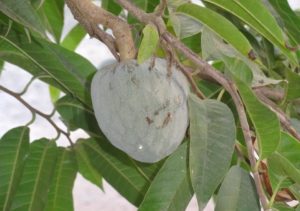
5. Soursop is widely promoted as an alternative cancer treatment. However, there is no medical evidence to suggest that it has any effect.
6. Soursop is a small, upright, evergreen tree that can grow to about 4 meters, or 13 feet, tall.
7. Soursop has young branches that are hairy, oblong to oval, 8 centimeters, or 3.1 inches, to 16 centimeters, or 6.3 inches, long and 3 centimeters, or 1.2 inches, to 7 centimeters, or 2.8 inches, wide.
8. Soursop leaves are a glossy dark green with no hairs above, and paler and minutely hairy to no hairs below.
9. Soursop consists of an edible, white pulp, some fiber, and a core of indigestible black seeds. The species is the only member of its genus suitable for processing and preservation.
10. Soursop pulp is sometimes used to make fruit nectar, smoothies, fruit juice drinks, candies, sorbets and ice cream.
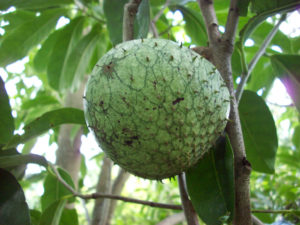
11. Due to the fruit’s widespread cultivation and popularity in parts of Latin America, the Caribbean, Africa, Southeast Asia, and the Pacific, soursop and its derivative products are consumed across the world.
12. In Mexico, Colombia, Venezuela and parts of Ethiopia, soursop is a common fruit, often used for dessert as the only ingredient, or as an “agua fresca” beverage.
13. In Colombia and Venezuela, soursop is used to make juices and is sometimes mixed with milk.
14. In Cuba, a thick smoothie made out of soursop pulp, milk and cane sugar goes by the nae “champola.”
15. In Indonesia, “dodol sirsak”, a sweetmeat, is made by boiling soursop pulp in water and adding sugar until the mixture hardens.
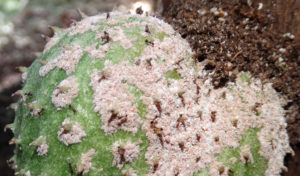
16. In Vietnam, soursop is called “mang cau Xiem,” in the south, or “mang cau,” in the north, and is used to make smoothies or eaten as is.
17. In Cambodia, soursop is called “tearb barung,” literally meaning “western custard-apple fruit.”
18. In Malaysia, soursop is known in Malay as “durian belanda” and in East Malaysia, specifically among the Dusun people of Sabah, it’s known as “lampun.”
19. Soursop contains a significant amount of vitamin C, vitamin B1 and vitamin B2.
20. The compound annonacin, which is contained in the seeds of soursop, is a neurotoxin associated with neurodegenerative disease.
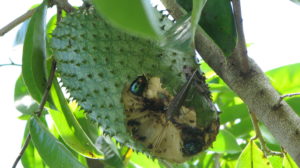
21. Soursop leaves contain annonamine, which is an aporphine-class alkaloid featuring quaternary ammonium group.
22. The anti-parasitic nature of soursop has made it a popular treatment in many of the rural areas of Latin and South America, particularly in areas where parasitic infections are more common.
23. The anti-inflammatory compounds found in soursop can quickly speed healing in affected areas, while also soothing pain and improving flexibility.

